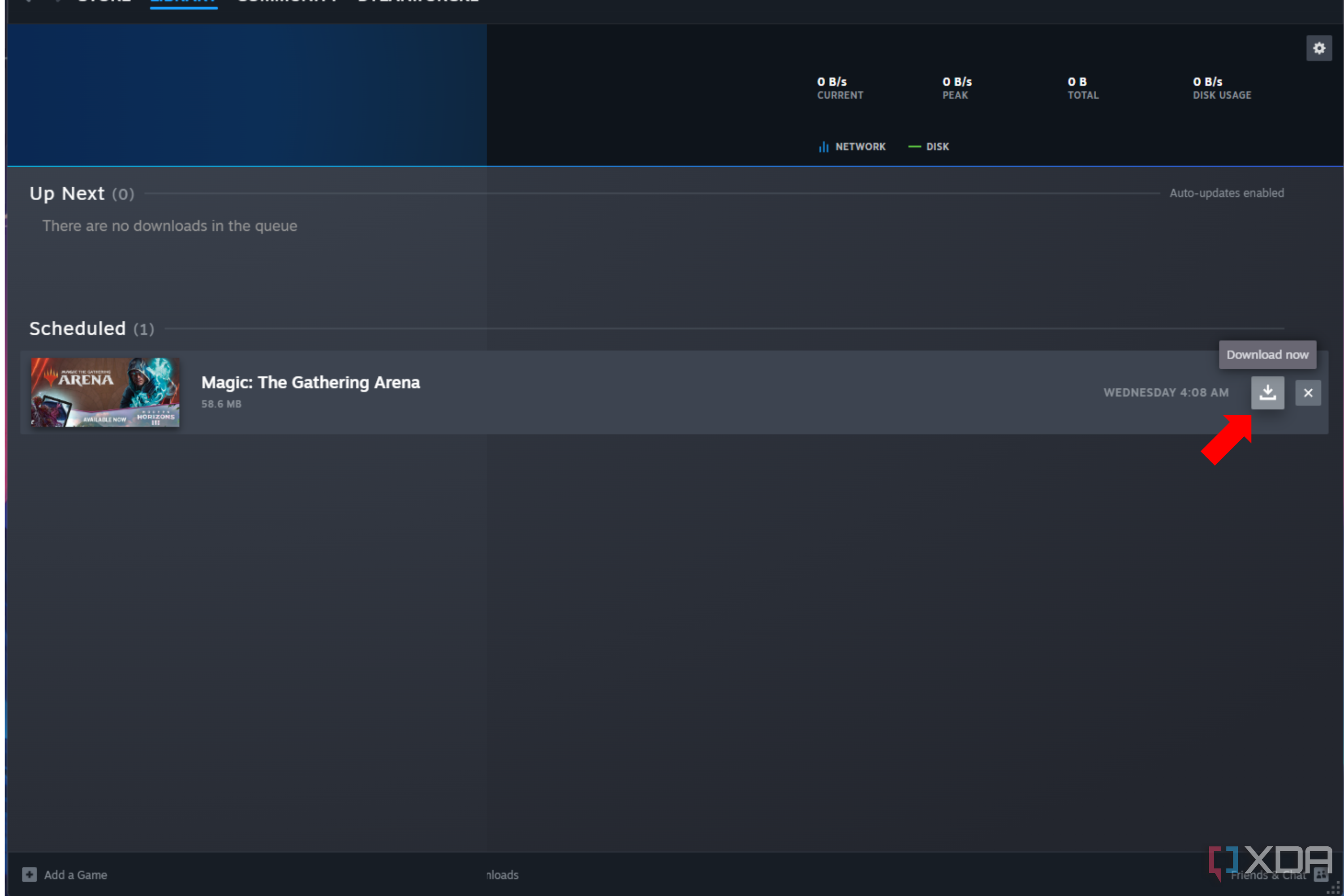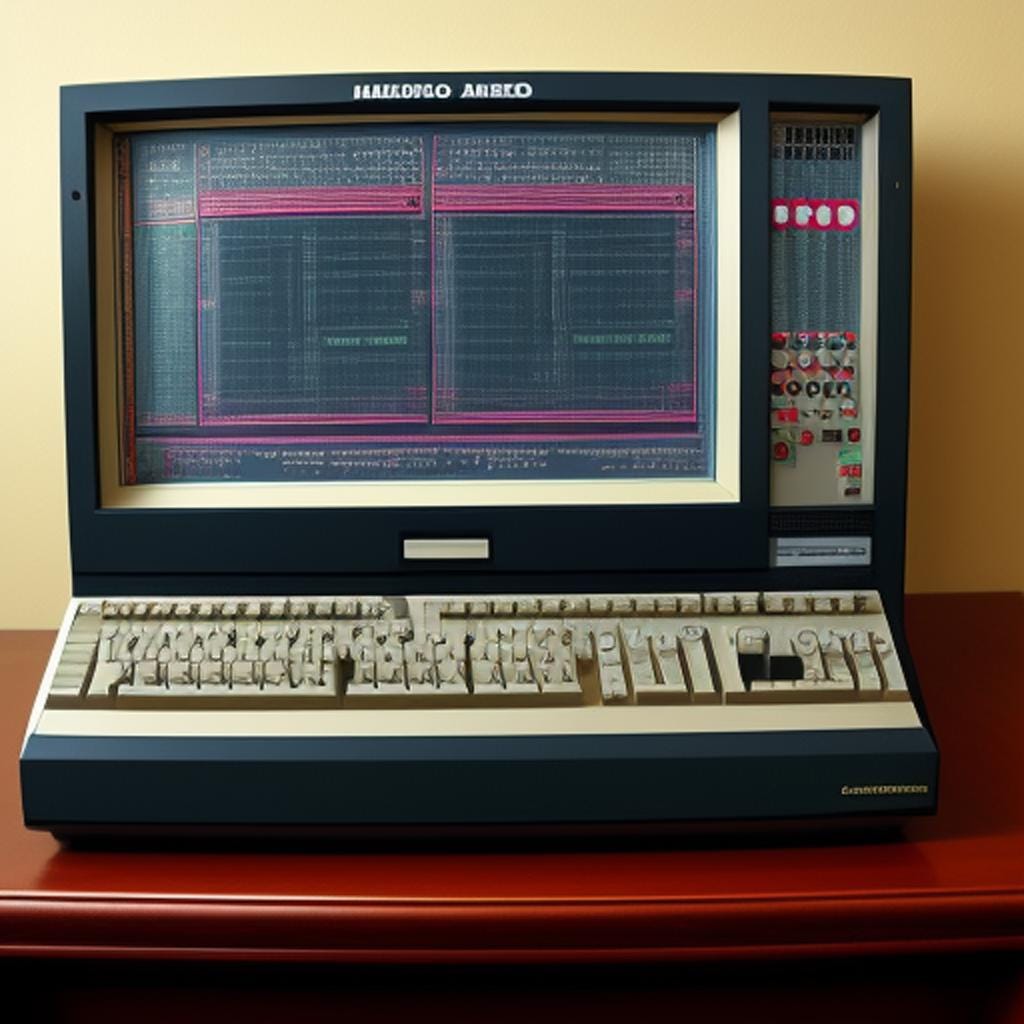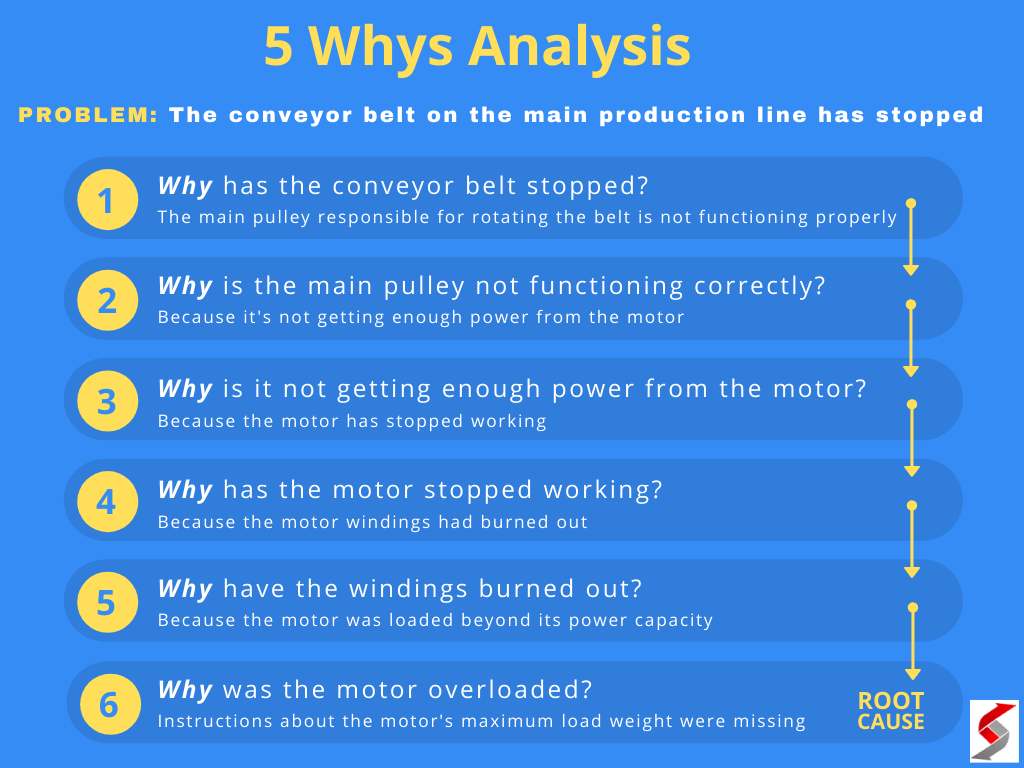Tesla Battery Locations: Essential Guidance for Owners and Enthusiasts
Understanding Tesla Battery Placement
One of the most defining features of Tesla vehicles is their unique battery placement. Unlike traditional gas-powered cars, which house large combustion engines and fuel tanks, Tesla electric vehicles (EVs) leverage a low-slung, integrated battery architecture. This design, often referred to as the “skateboard” platform, positions the main battery pack in the floor of the vehicle, stretching from the front to the rear axles. This approach is central to Tesla’s performance, safety, and interior space advantages. For most Tesla models, the high-voltage battery pack is encased within the lower chassis, shielded by protective panels and advanced cooling systems to ensure efficiency and safety [1] .
High-Voltage Battery Pack Location in Tesla Vehicles
The high-voltage battery pack is the main energy storage unit that powers the electric motor. In virtually all current Tesla models-including the Model S, Model 3, Model X, and Model Y-the main battery pack is installed in the lower chassis beneath the cabin floor. This configuration provides several distinct advantages:

Source: autobuzz.my
- Lower Center of Gravity: By placing the heavy battery pack low in the vehicle, Teslas benefit from improved handling, reduced rollover risk, and enhanced stability.
- Structural Rigidity: The battery pack acts as an integral part of the car’s frame, contributing to crash protection and overall body strength.
- Interior Space Optimization: With no need to accommodate a traditional engine or transmission tunnel, Tesla vehicles offer more interior legroom and cargo volume.
For example, in the Tesla Model S, the battery pack consists of thousands of lithium-ion cells housed in protective modules running along the floor of the car [1] . This design is consistent across the Model 3 and Model Y platforms as well, with only minor variances in module arrangement and battery chemistry between models [5] .
Low-Voltage (12V) Battery Location and Its Role
In addition to the primary high-voltage battery pack, all Tesla vehicles utilize a traditional low-voltage battery-either a 12V lead-acid or, in newer models, a lithium-ion battery. This low-voltage battery is essential for powering auxiliary systems such as lights, electronic controls, door locks, and infotainment features. In the Tesla Model 3 and Model Y, the 12V battery is located under the front hood (known as the “frunk” or front trunk), making it relatively accessible for inspection and replacement [2] [4] . In the Model S and Model X, the location may vary slightly but is generally found in the front compartment area as well.
It is important to note that the 12V battery is distinct from the main battery pack and can require periodic replacement, much like in conventional vehicles. Tesla’s official service documentation warns against tampering with the high-voltage battery, as it can be hazardous [3] .
How to Access or Replace a Tesla Battery
If you need to access or replace the 12V battery in your Tesla, follow these general steps (always consult your official owner’s manual and Tesla’s service documentation for model-specific instructions):
- Ensure the car is powered off and in park. Disable the climate control system through the touchscreen, and wait at least 30 seconds for all systems to shut down [2] .
- Open the front trunk (“frunk”).
- Remove any trim panels or protective covers as specified in your manual.
- Locate the 12V battery. In most Model 3 and Model Y vehicles, it will be near the front bulkhead, easily visible once the covers are removed [2] [4] .
- Follow the recommended steps for disconnecting and replacing the battery. Be careful to avoid contact with high-voltage components.
- Dispose of the old battery at an authorized recycling facility or Tesla Service Center [3] .
If you are unsure or uncomfortable performing these steps, it is highly recommended to schedule service through Tesla’s official channels or visit a certified Tesla Service Center.
Accessing the High-Voltage Battery Pack
The high-voltage battery pack is not intended for user access. Removing or servicing it requires specialized training and equipment due to the high risks involved. Tesla strongly advises against attempting to access the high-voltage battery unless you are a qualified technician. If a high-voltage battery issue arises, you should:
- Contact Tesla Support through the in-car interface or the Tesla mobile app.
- Schedule an appointment at an authorized Tesla Service Center.
- Never attempt to remove the rear seats or access the battery housing yourself, as this can expose dangerous connections [3] .
Best Practices for Battery Maintenance and Longevity
To maximize the lifespan and performance of both the high-voltage and low-voltage batteries in your Tesla, consider these best practices:
- Avoid frequent deep discharges; try to keep your battery between 20% and 80% state of charge for daily use.
- Utilize Tesla’s built-in thermal management system by parking in shaded areas or garages when possible.
- Follow all scheduled service recommendations outlined in your Tesla owner’s manual.
- If you notice any warning lights or sudden drops in range, seek assistance from Tesla Service promptly.
There are also various online communities and forums where Tesla owners share maintenance tips and troubleshooting advice. For official guidance, always refer to Tesla’s service documentation or contact their support team directly.
Alternative Approaches to Tesla Battery Issues
For issues related to battery degradation or replacement, Tesla offers several service options. If you experience significant range loss or performance issues, you may be eligible for battery repair or replacement under Tesla’s warranty program. For minor concerns, such as a weak 12V battery, replacement is typically straightforward and can be performed at a Tesla Service Center or by a qualified technician.
In some cases, third-party specialists and independent EV shops may offer battery services for out-of-warranty vehicles. However, it is crucial to verify the credentials and experience of any non-Tesla service provider, as improper handling of high-voltage systems can be hazardous.
How to Find More Information and Get Help
If you need additional guidance regarding your Tesla’s battery location or maintenance procedures, you can:

Source: axleaddict.com
- Consult your official Tesla owner’s manual, which provides model-specific diagrams and instructions.
- Visit the official Tesla website and navigate to the “Service” or “Support” sections for DIY guides and support articles.
- Contact Tesla customer service through the Tesla app or by phone for immediate assistance.
- Search for local Tesla Service Centers using the official Tesla locator tool on their website.
For those looking to learn more about Tesla’s design philosophy and battery technology, reputable automotive publications, official Tesla press releases, and educational YouTube channels provide in-depth reviews and demonstrations.
Summary: What Every Tesla Owner Should Know
Understanding where your Tesla’s batteries are located-and how to maintain them-can enhance your ownership experience, boost your vehicle’s performance, and help you avoid common pitfalls. The main high-voltage battery pack sits in the vehicle’s floor, forming the core of Tesla’s innovative design. The 12V battery, accessible under the front hood, powers essential systems and may require replacement over time. For all battery-related concerns, relying on official Tesla resources and certified technicians ensures safety and optimal performance.
References
- [1] YouTube (2016). Tesla Model S: Where are the Tesla batteries stored?
- [2] YouTube (2022). Tesla Model 3 (2017-2023) – New 12-Volt Battery Install
- [3] Tesla Service (2024). Replacing the Low Voltage Lead-Acid Battery
- [4] YouTube (2021). Tesla Model Y – 12V Battery Installation (Ohmmu)
- [5] YouTube (2020). Tesla Model 3 Battery Removal & IDEV Build (PART 1)
MORE FROM gowithdeal.com













